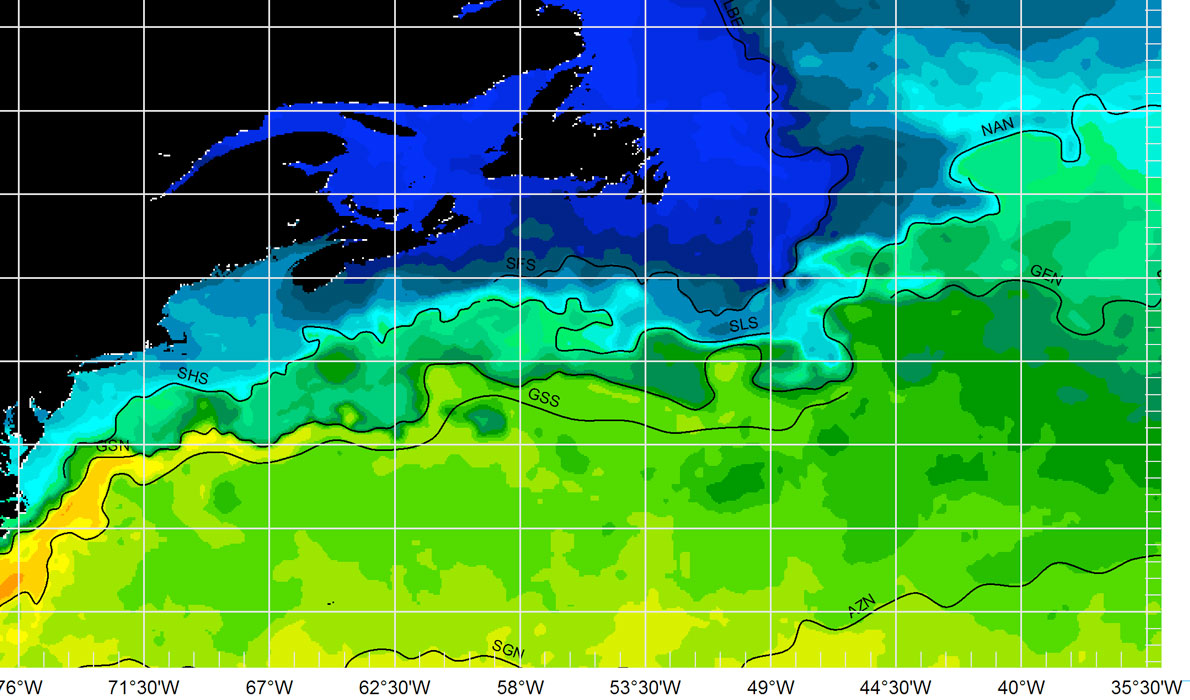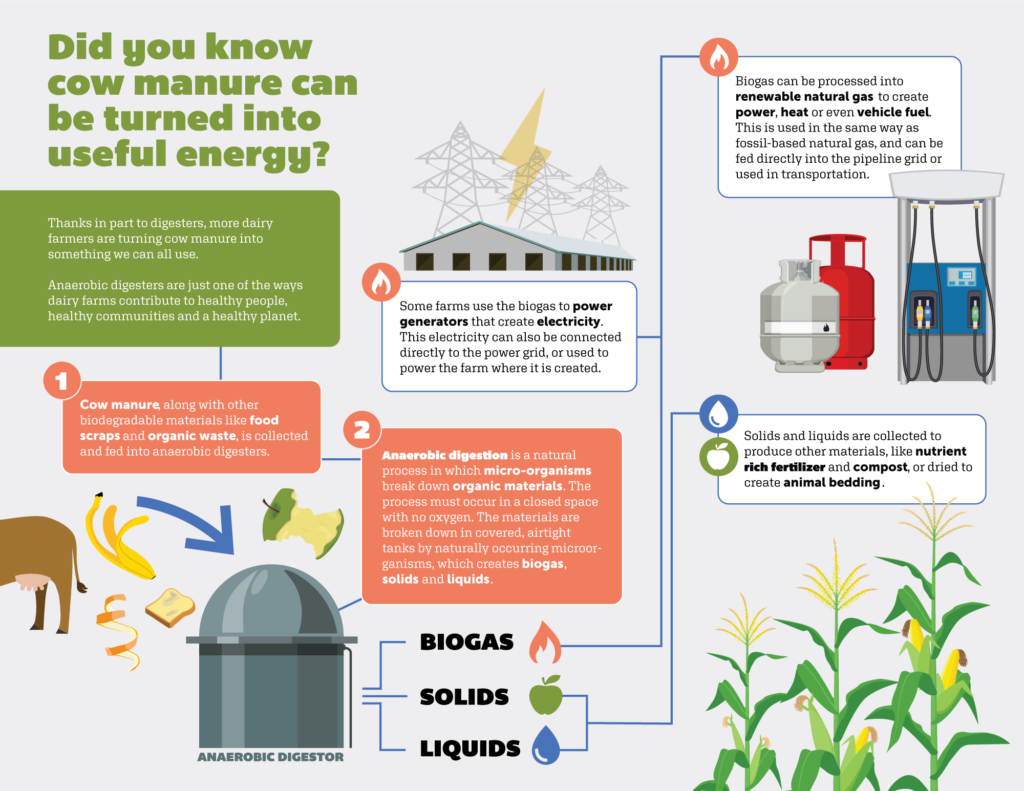Impact Of Weakening Ocean Currents On US Sea Level Rise

Table of Contents
The Role of Ocean Currents in Regulating Sea Level
The global ocean is a dynamic system driven by a complex process called thermohaline circulation. This vast system of interconnected currents acts as a giant conveyor belt, distributing heat around the planet. Warmer, saltier water flows from the tropics towards the poles, while cooler, denser water sinks and returns towards the equator. This circulation is crucial for regulating global climate and sea levels.
The Atlantic Meridional Overturning Circulation (AMOC) is a critical component of this thermohaline circulation. The Gulf Stream, a powerful western boundary current within the AMOC, plays a pivotal role in moderating the climate of the US East Coast. It transports warm water from the tropics northward, moderating temperatures and influencing weather patterns. Changes in water temperature (driven by climate change) and salinity (affected by melting ice and increased freshwater runoff) significantly impact the strength of these currents.
- AMOC slowdown: A weakening AMOC is directly linked to altered heat distribution and potential increases in sea level rise along the US East Coast.
- Gulf Stream influence: The Gulf Stream's strength directly affects the rate of sea level rise and coastal temperatures along the eastern seaboard. A weaker Gulf Stream can lead to more pronounced sea level rise in some areas.
- Impact of melting glaciers and ice sheets: The influx of freshwater from melting glaciers and ice sheets dilutes the salinity of ocean water, disrupting the density-driven circulation patterns and contributing to AMOC weakening.
Evidence of Weakening Ocean Currents
Scientific evidence increasingly points towards a slowdown in the AMOC. Reports from the Intergovernmental Panel on Climate Change (IPCC) and numerous peer-reviewed studies indicate a measurable decline in its strength over recent decades. Researchers utilize various methods to monitor ocean currents, including satellite data, Argo floats (autonomous underwater robots), and moored current meters. These technologies provide valuable data on water temperature, salinity, and current velocity.
Potential causes for this weakening include:
-
Climate change: Rising global temperatures are altering ocean salinity and density, impacting the driving forces behind thermohaline circulation.
-
Melting ice: The increased influx of freshwater from melting glaciers and ice sheets in Greenland and Antarctica is diluting the salty water, reducing its density and slowing the sinking process that drives the AMOC.
-
Increased freshwater influx from rivers: Changes in precipitation patterns and increased runoff from rivers contribute to the freshening of ocean surface waters, further weakening the AMOC.
-
Specific data points: Studies have shown a decline in AMOC strength of approximately 15% since the mid-20th century (source needed – cite specific study).
-
Correlation with sea level rise: Coastal areas experiencing the most significant sea level rise often correlate with regions directly affected by changes in the AMOC and Gulf Stream. (source needed – cite specific study)
-
Measurement uncertainties: It's important to acknowledge that measuring ocean currents on such a vast scale presents challenges, and uncertainties remain in the precision of current measurements.
Projected Impacts on US Sea Level Rise
Weakening ocean currents are projected to significantly exacerbate sea level rise along the US coastline. The extent of the impact varies regionally, depending on the specific location and the influence of local current patterns. The consequences are far-reaching:
-
Increased coastal erosion: Rising sea levels, combined with stronger storm surges, lead to accelerated erosion of beaches and coastal cliffs.
-
More frequent and severe flooding: Low-lying coastal areas face increased risk of inundation, particularly during high tides and storms.
-
Enhanced storm surge vulnerability: A weaker AMOC could potentially alter storm tracks and intensify storm surges, further increasing coastal flooding risks.
-
Regional variations: The US East Coast is particularly vulnerable due to its proximity to the Gulf Stream and AMOC. Areas like Florida, the Carolinas, and the Mid-Atlantic states face significant risks. (source needed - cite specific regional studies)
-
Coastal infrastructure damage: Sea level rise and increased flooding threaten coastal infrastructure, including roads, bridges, buildings, and power plants.
-
Displacement of coastal communities: Rising sea levels and increased flooding can force people to relocate from their homes, leading to displacement and social disruption.
Mitigation and Adaptation Strategies
Addressing the impact of weakening ocean currents on US sea level rise requires a two-pronged approach: mitigation and adaptation.
Mitigation: Focuses on reducing greenhouse gas emissions to slow climate change and prevent further weakening of ocean currents. This involves:
- Transitioning to renewable energy sources: Reducing our reliance on fossil fuels is critical to curbing greenhouse gas emissions.
- Improving energy efficiency: Implementing energy-efficient technologies and practices can significantly reduce energy consumption.
- Sustainable land use practices: Protecting and restoring forests and wetlands helps to absorb carbon dioxide from the atmosphere.
Adaptation: Focuses on preparing coastal communities to cope with the unavoidable effects of sea level rise. This includes:
-
Investing in coastal defenses: Building seawalls, levees, and other coastal protection measures can help reduce the impact of flooding and erosion.
-
Improving drainage systems: Upgrading drainage infrastructure can help to manage stormwater runoff and reduce flooding.
-
Relocation of vulnerable communities: In some cases, relocating communities away from high-risk coastal areas may be necessary.
-
Policy recommendations: Stronger building codes, stricter regulations on coastal development, and investment in early warning systems are crucial.
-
Community-based adaptation: Engaging local communities in planning and implementing adaptation measures is vital for successful outcomes.
Conclusion: Understanding and Addressing the Impact of Weakening Ocean Currents on US Sea Level Rise
The weakening of ocean currents, especially the AMOC, is a significant factor contributing to rising sea levels along the US coastline. The evidence is compelling, and the projected impacts are substantial, threatening coastal communities and infrastructure. Addressing this challenge requires urgent action on multiple fronts. We must aggressively mitigate climate change by reducing greenhouse gas emissions, and simultaneously implement adaptation strategies to protect vulnerable coastal areas. Ignoring this issue is not an option; the consequences are too severe. Learn more about the impact of weakening ocean currents on US sea level rise and get involved in supporting climate change mitigation and coastal resilience initiatives today. Visit [link to relevant organization 1] and [link to relevant organization 2] to find out how you can help.

Featured Posts
-
 Compare The Best Online Casinos In New Zealand
May 18, 2025
Compare The Best Online Casinos In New Zealand
May 18, 2025 -
 Full Tv Guide Shrek On Bbc Three
May 18, 2025
Full Tv Guide Shrek On Bbc Three
May 18, 2025 -
 Turning Poop Into Profit An Ai Powered Podcast Revolution
May 18, 2025
Turning Poop Into Profit An Ai Powered Podcast Revolution
May 18, 2025 -
 Groping And Simulated Sex Act In Brooklyn Assault Case
May 18, 2025
Groping And Simulated Sex Act In Brooklyn Assault Case
May 18, 2025 -
 How Pedro Pascals Colorful Fantasy Performance Took Over The Internet
May 18, 2025
How Pedro Pascals Colorful Fantasy Performance Took Over The Internet
May 18, 2025
